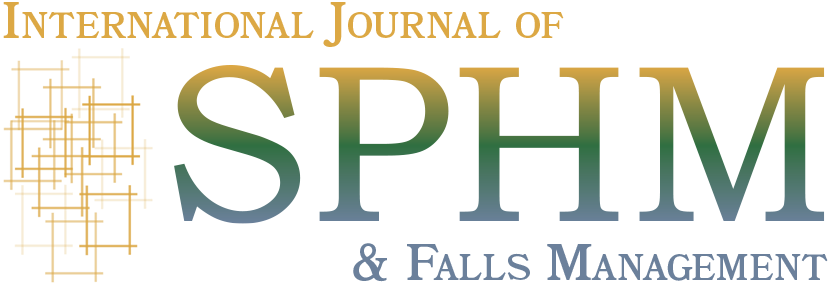Outcomes of a Safe Patient Handling Program Implementation
$25.00
Employee patient lift injuries are a large health, staffing, and financial burden in a healthcare setting. The financial burden of employee patient lift injuries at a 214-bed teaching hospital with an ambulatory clinic was estimated to be 1.3 to 2.7 million dollars from 2005-2009. This estimate included employee medical costs, wages and lost time, legal fees, administrative time to manage loss of employee, and employee replacement.1 Our enterprise defined patient lift injuries as musculoskeletal, related to overexertion, and can occur while lifting, transferring, repositioning, transporting, assisting to stand/walk, working in extremely awkward postures, and when catching a falling patient. Implementation of a safe patient handling (SPH) program began in 2009, with full inpatient ceiling lift installation completed in 2012. The program aimed to decrease injuries reportable to OSHA (Occupational Safety and Health Administration), the DART (Days Away, Restricted or Transferred) rate by 20% in 2012, and to increase injury reporting. After full program implementation and consistent operation, a 44% decrease in the DART rate occurred from 2009 (0.36 per 100 full-time equivalents [FTEs]) to 2012 (0.2 per 100 FTEs). The OSHA reporting rate decreased by 41% from 2009 (0.44 per 100 FTEs) to 2012 (0.27 per 100 FTEs). Injuries reported in 2009 were 44 and decreased to 32 in 2012, a 27% reduction.
Yoder A, Coley K, Harrison D, Wright K
Keywords: safe patient handling, program implementation, DART rates
One time download – from December 2014 issue
